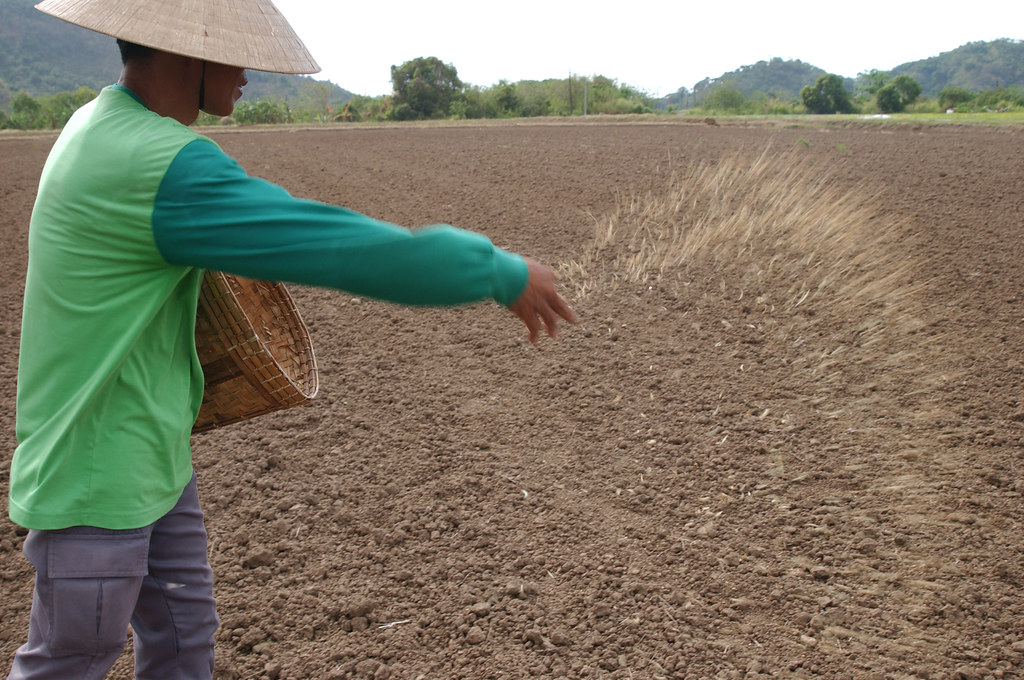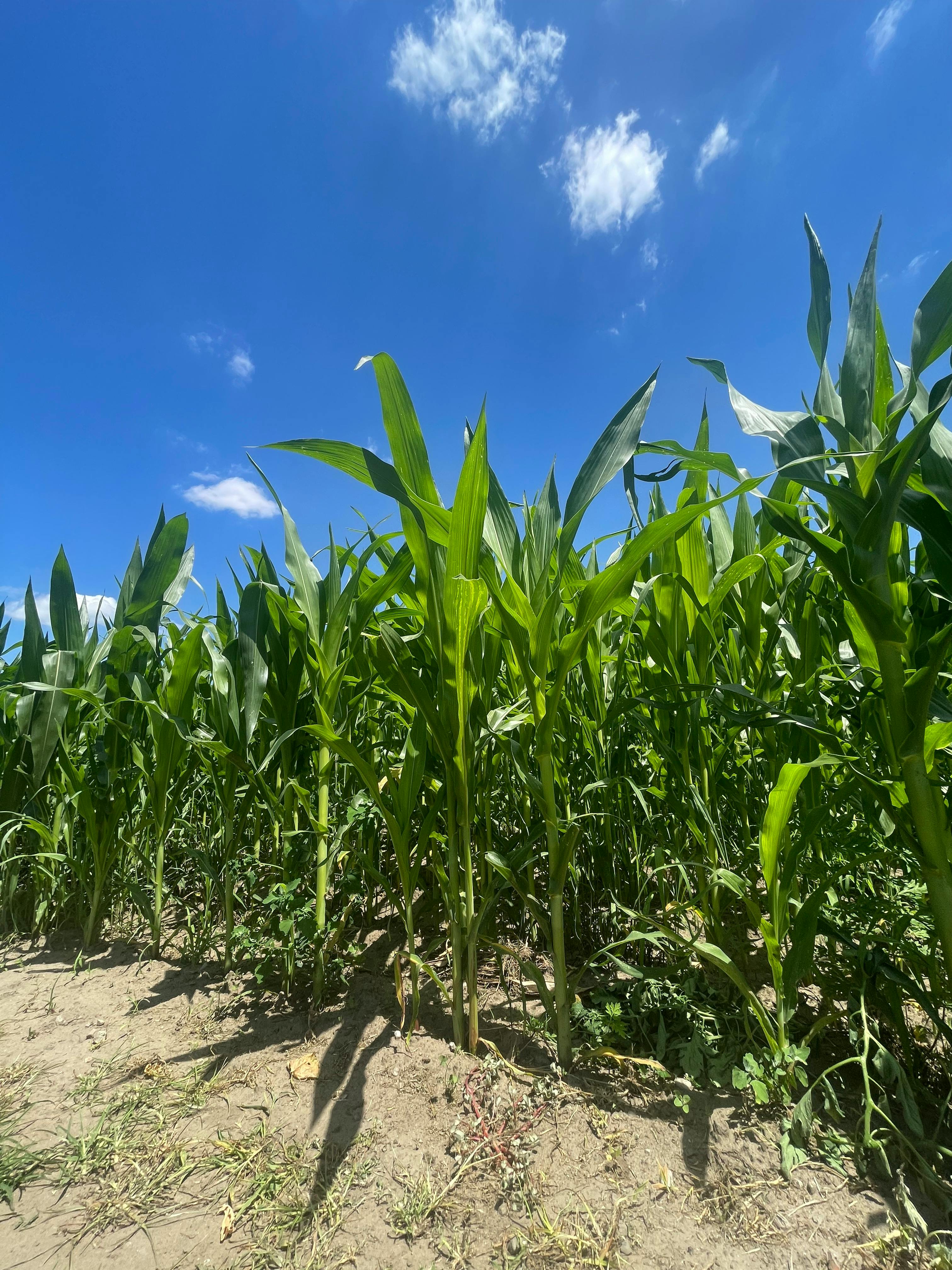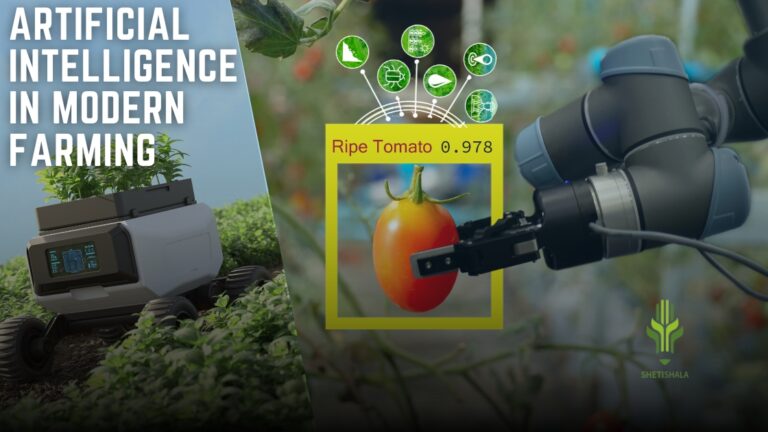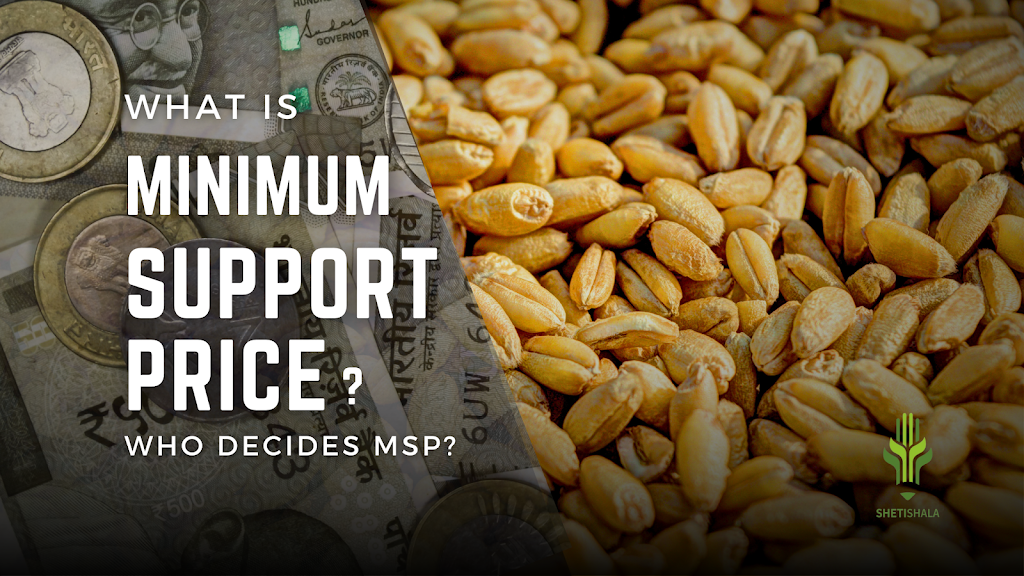
Introduction:
In this blog we will learn sowing methods. Sowing is a fundamental step in agriculture, setting the stage for the entire crop cycle. The method of sowing can significantly influence the growth and yield of crops. In this blog post, we’ll demystify several common sowing methods and their impact on agriculture.

Broadcasting: The Traditional Approach
Broadcasting is one of the most basic and oldest methods of sowing in History of Agriculture. It involves scattering seeds evenly over the soil surface. While quick and easy, it can lead to uneven distribution of seeds, potentially affecting crop yield and growth.
Dibbling: Precision in Simplicity
Dibbling is a method that involves making holes in the seedbed and placing seeds in them. This ensures seeds are sown at specific depths, often used for sowing vegetable seeds.

Seed Dropping Behind the Plough: The Traditional Charm
This method is commonly used in villages to sow a variety of food crops such as maize, peas, wheat, barley, and gram. Seeds are dropped in furrows behind the plough, ensuring even distribution and proper depth.
Drilling: The Continuous Flow
Drilling is a method where seeds are dropped into furrow lines in a continuous stream. This ensures seeds are sown at proper depths and spaces, and can be done manually or mechanically.
Transplanting: The Shift in Location
Transplanting involves growing seedlings in a separate location and then moving them to the main field once they’ve reached a certain growth stage. This method is often used for crops like rice and vegetables.

Hill Dropping: The Mound Technique
Hill dropping involves planting several seeds close together in a small mound or hill. This method is often used for crops that need more space to grow, such as pumpkins and melons.
Check Row Planting: Precision in Rows
Check row planting is a method where seeds are sown in such a way that they form a grid pattern. This allows for easy navigation through the field for weeding and harvesting.
Each of these sowing methods has its own advantages and is suited to specific types of crops and soil conditions. Choosing the right sowing method can help maximize crop yield and make the farming process more efficient.
check my others blogs



